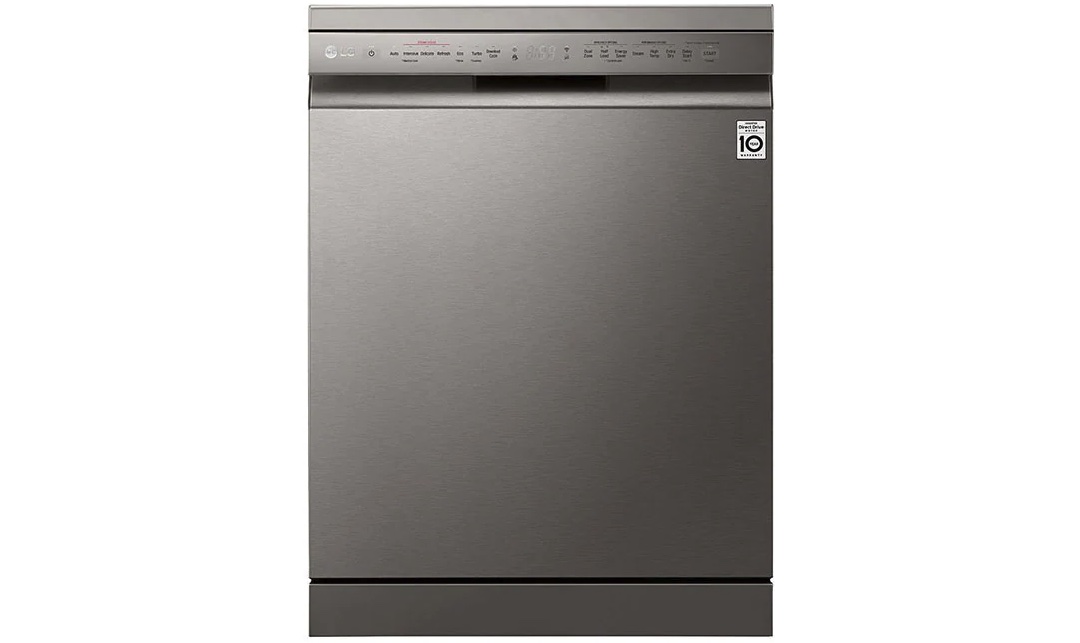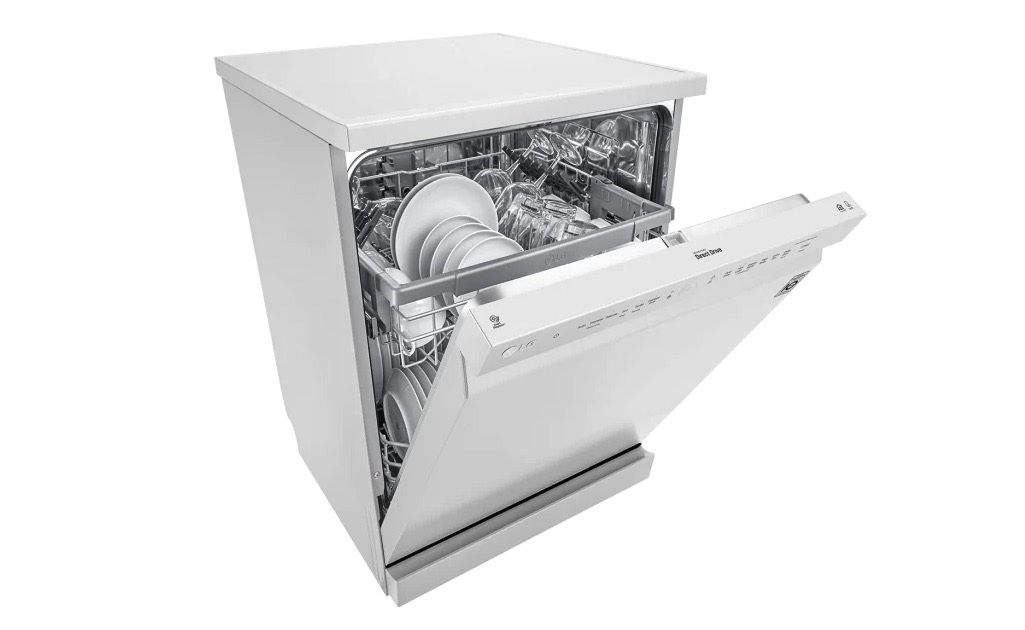The LG franchise is the leading home appliance manufacturer in the market. Its dishwasher is a stress-free machine you can rely on to wash your dishes for a long time. There is, however, a situation where Your LG dishwasher’s drying feature doesn’t work and you have to take dishes out while dripping wet.
If you’re reading this article, your dishwasher might not dry dishes, even at LG dishwasher dry only cycle. Some of the reasons why this can happen include improper loading to incorrect settings.
This article will explain why your LG dishwasher is not drying dishes and provide troubleshooting tips to solve them.
How to fix an LG dishwasher that is not drying dishes
You might find yourself with a dishtowel in hand and think it’s the end of your dishwasher’s wash cycle when there are several reasons why your LG dishwasher is not drying. We have come up with the common reasons why it behaves like this and troubleshooting tips to fix them.
1. Improper loading
The common reason why your dishwasher isn’t drying is that your dishes are improperly loaded. Overloading dishes prevents hot air from circulating in the dishwasher and drying the dishes.
You can prevent this problem by arranging each dish in its respective slot for proper hot air circulation. Glassware and bowls should be placed upside down to improve airflow. All silverware should be placed next to each other in the silverware basket to prevent overcrowding.
READ: How to run a diagnostic on your Kenmore dishwasher
2. Incorrect wash cycle
Another reason your dishwasher is still wet inside is that it is set on the wrong wash cycle. You, therefore, need to adjust the dishwasher’s wash cycle as per the load’s need.
Dirty dishes require longer wash and drying cycles, such as the Heavy settings. Other dishes require settings such as the High Temp cycle to improve evaporation and drying.
3. Adjust the drying features
LG dishwashers have additional features that help dry the dishes faster like the Extra Dry setting that helps raise the drying temperature and lengthen its drying time.
There is also a Night Dry setting that runs a fan throughout the night and ensures that dishes are completely dry in the morning.
You can also adjust the dishwasher to the sanitary rinse setting that creates hotter dishes so that they dry at a slower pace and improve their overall drying.
4. Check the rinse aid

Rinse aid is a drying agent that is used during the cleaning cycle. Rinse aid not only makes glassware shine but also breaks the water’s surface tension and prevents droplets from forming on dishes. It, therefore, makes right through the dishes and leaves them completely dry and efficient.
If you notice that your dishes are still wet in the dishwasher, add a rinse aid before starting a wash cycle. You can refer to the LG’s user manual to verify the right amount of rinse aid to use for each wash load.
5. Plastic dishes are still wet after washing
The plastic items are not drying in the dishwasher because they cannot maintain heat like glass and stainless steel.
In this case, separate the plastic dishes from the other dish loads during the washing cycle. It will allow them to dry slowly without disrupting the drying cycle or re-wetting the other dishes.
READ: How to fix a PF code on your Frigidaire dishwasher
6. Activate the Auto Open Door function
The dishes are still wet in the dishwasher because the Auto Open Door (AOD) feature is disabled. The AOD feature is available in some LG dishwasher models and it improves drying performance by automatically opening itself at the end of the wash cycle.
If you use an LG dishwasher model that does not have the AOD feature, slightly open the door after the cleaning cycle to improve the drying results. The moist air escapes from the dishwasher instead of condensing on the dishes.
Rounding up
It is tiresome to dry off dripping wet dishes one by one from the dishwasher. There are several reasons why the LG dishwasher is not drying dishes, from overloading dishes to incorrect heat settings.
If you have tried all the above troubleshooting techniques and the dishes are still dripping wet after a wash and dry cycle, there may be a technical malfunction. You should, therefore, consult a professional technician to troubleshoot and fix the problem.

